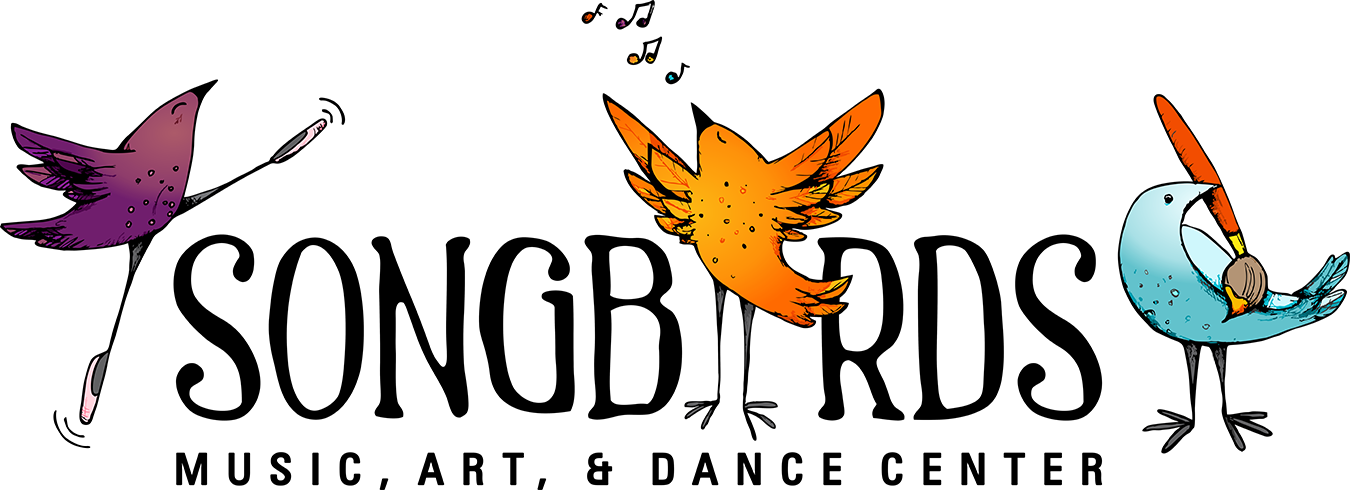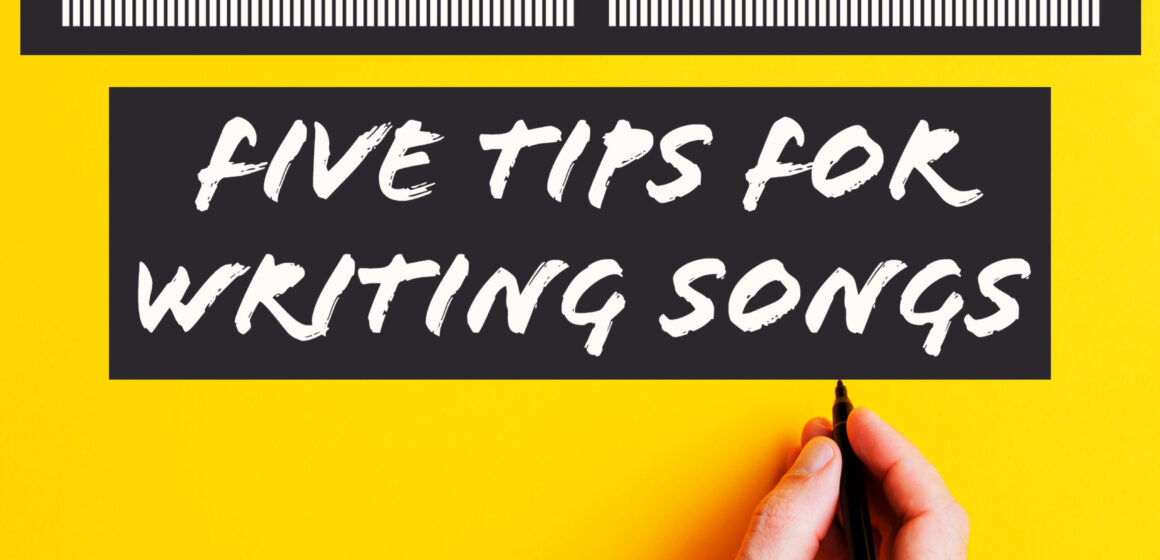Better Lyrics: Five Tips for Writing Songs
I recently read a fantastic book (nearly a dissertation) on how to write better lyrics for songwriting. It helped me a lot, and I’ve distilled some of the most useful points here! Check these out if you’re working on becoming a better songwriter, or if you simply would like to be more informed on what makes a good song structure.
*Note: Just a reminder that there are no rules in music. Being informed about the “proper” rules of lyrics, music theory, and more only allow you to make better choices and be more creative when you break those rules. Take everything with a grain of salt. If it doesn’t apply to you, save it in the memory bank for later.
1. Avoid Cliches
Oh boy, this one is huge. Cliches are everywhere in music and our daily speech. They are impossible to avoid, but they exist because they worked effectively at one point in time. The problem is that they have all been so overused that their meaning has been absolutely diluted. When you are writing anything (not just lyrics!), always be on the lookout for cliches that pop into your text. Oftentimes, the first solution that flows from your fingers is a poor choice – remember, cliches are very familiar and overdone. There is a universe of incredible and descriptive language available – you just have to dig past those cliches to find it.
Here are some deadly cliches that you (probably) should avoid. As you work through the list, keep track of the ones that really irk you. “Circle back” and “begs the question” both make me want to drown in a sea of sorrow and die of a broken heart. (see what I did there?)
2. Travelogue
Think of the last time that you saw an advertisement for an incredible vacation. It likely showed highly-saturated images of all the stops along the way – first the beach, then the market, then the fancy hotel, don’t forget about the dolphins! This format is something that we should avoid when writing lyrics. Resist the urge to link your verses and story together by using similar, yet unrelated, snapshots of life. For example, a travelogue song about a shopping addiction could go like this:
Verse 1: Susy loves to buy online
Verse 2: Bill goes to the mall every day
Verse 3: Maria blew her savings on jewelry at the coin show
A much more effective song would have a consistent story. Something like this:
Verse 1: Susy loves to buy online
Verse 2: She can’t wait for shipping, so she goes to the mall every day to buy now
Verse 3: Susy blew all her life savings on her shopping addiction, will she be okay?
Much better. There is now a clear progression with the outline. The choruses can comment on the tragedy and the true text of the verses can flesh out the story – and it’s consistent! Speaking of…
3. Verses Serve the Chorus
All of the verses in a well-written song should relate back to the chorus. You can also think of this as the chorus is a commentary on the verses. That can get tricky, because a chorus is a repeating segment of music. It always should repeat the same as before, or very close to it. That means that the chorus needs to fit every verse, no matter which direction the song goes. Let’s take an ambiguous chorus (often a good choice), and fit it with verse outlines that are very different, but still have a consistent story:
Verse 1: Johnny was born yesterday
Chorus: Can we just slow down a minute?
Verse 2: Johnny is getting married tomorrow
Chorus: Can we just slow down a minute?
Verse 3: Johnny died the other day
Chorus: Can we just slow down a minute?
Although the above example is pretty generic, the chorus works with each verse theme. There is no forcing or shoe-horning.
4. Show, Don’t Tell
In a similar vein, remember the phrase “Show, Don’t Tell”. This is big in acting, television, and movies as well. This just means that we should never assume our audience to be anything but intelligent. The listener will always be able to infer and figure out meaning in your lyrics. Less is more, and don’t be afraid to be ambiguous. As far as structure goes, the verses should “show” the story to listener with luscious descriptive words and content. The chorus should “tell” the listener how to feel by reinforcing and recapturing the meat and potatoes of the story that was already established in the verse.
Another way to use “Show, Don’t Tell”, is by remembering point of view. If you are writing a song in first person (using “I” and “me”), it is easy to start telling the listener information that they should (or do) already know. For example, the line “You had just finished your ice cream when I first said “I love you” is clunky. The “you”, or second person, already knows the information. Why would you need to remind someone of that fact? However, see what happens when we change the perspective “She had just finished her ice cream when I first said “I love you”. Now it works! The line has gone from a strange, slightly patronizing tone, to a good old-fashioned story. Show, don’t tell!
5. Don’t Be Obsessed with Rhyme (But Mind the Format)
Rhyme is a huge stumbling block for beginning songwriters. A good rhyme can make a decent song fantastic, and a poor rhyme can wreck a good song. However, rhymes don’t have to be perfect. With singing, we can get away with rhymes that are close enough. Some of the most famous songs ever written don’t even rhyme at all! Don’t allow yourself to cram rhymes in where they feel unnatural, and avoid picking the easy rhymes that come first. For example, complete the rhyme:
Baby won’t you take my hand?
I just want you to __________________.
I’d bet that you said “understand”. That’s obvious, and bordering on cliche. But what other words also rhyme and could make your lyric pop? How about “plan”, “man”, “cram”, “jam”, “damn”? The second line may need to be rewritten to accommodate these juicier rhymes, but that’s okay! With songwriting, we rhyme the vowel sounds, not the consonant sounds.
If your songs end up rhyming with a scheme, change it up between the verses, choruses, and other sections. That keeps your format fresh and exciting, plus the listener won’t get bored. For example, a chorus could have the stable A, B, A, B rhyme scheme, but the verse could have a more gritty and interesting A, B, A, C scheme. The possibilities are endless (and cliched)!
Conclusion:
I hope that these five points will help you with writing better lyrics! They certainly helped me. Check out Writing Better Lyrics if you’re looking for more information, and stay tuned for future updates to our Knowledge Blog!

